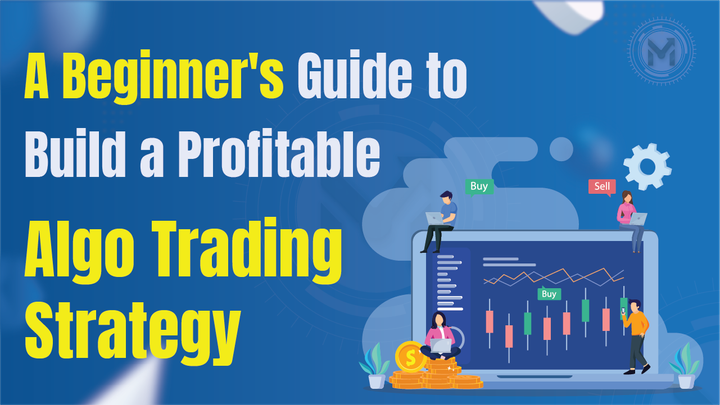How Professional Traders Use Data to Predict Market Trends
Predicting market trends is not guesswork; it is data-driven precision. Professional traders leverage tools such as QuantMan, technical analysis, and historical data to gain a consistent edge. With the right strategy, anyone can trade smarter and stay ahead of the curve.

Imagine being able to anticipate market trends before they unfold just like the professionals. While novice traders often rely on gut feelings or social media chatter, professional traders take a very different route. They use clean, structured, and historical data to make calculated decisions. The result? Consistent profits, lower risk, and a competitive edge.
In today's fast-paced markets, data is the new gold, and tools like QuantMan are transforming how traders harness this goldmine to build smarter, predictive strategies. Let us explore how professional traders use data to predict market trends and how you can do the same.
What are the Market Trends?

Before getting into the techniques to predict, let's look at what is a market trend. It is nothing but a direction in which the asset or market price moves in a certain period. Once you know about the market trend you can identify the price movement and plan a strategy accordingly.
Market trends are organized as follows,
- Bearish or Downtrend
- Bullish or Uptrend
- Neutral or Sideways
Now, you may have a question like how can I predict the market trends. The answer to that is technical analysis. Let's see the way in which professional traders predict market trends with technical analysis.
How Professional Traders Use Technical Analysis to Predict Market Trends
Professional traders do not rely on technical analysis as a crystal ball; they use it as a data-rich framework to understand market behavior and identify high probability trends. Every candlestick, volume bar, or momentum indicator offers valuable information. When interpreted correctly, this data helps traders forecast what the market is likely to do next.
Identifying Trend Direction
Professionals use tools like moving averages and trendlines to detect whether the market is trending up, down, or sideways. For example, if a stock consistently trades above its 200-day moving average with rising volume, it’s often a sign of a sustained uptrend.
They don’t guess. They wait for confirmation in the data like multiple bullish indicators aligning before acting.
Spotting Reversal Signals
Markets don’t move in straight lines. Pro traders use technical data—like divergences in RSI, MACD crossovers, or candlestick reversal patterns—to predict potential turning points. These reversal setups are backed by years of price behavior data, not gut feeling.
Measuring Momentum and Strength
Momentum indicators like RSI (Relative Strength Index) or Stochastic Oscillators help professionals gauge the strength of a trend. For instance, if a stock is trending upward but momentum is slowing, that data might signal a potential pullback or pause in the trend.
Professionals interpret this momentum data to time entries, exits, and even hedge their positions.
Volume Analysis for Confirmation
Volume isn’t just a supporting character, it’s a key data point. Pro traders watch for volume spikes during breakouts or breakdowns. A breakout on high volume usually means strong institutional participation and confirms trend strength. Low-volume moves? Often a sign to stay cautious.
Using QuantMan to Backtest Technical Setups
Rather than rely on subjective chart reading, professional traders use platforms like QuantMan to test technical analysis rules on historical data.
With QuantMan, traders input rules, run backtests across years of data, and get concrete answers—before risking real money. This transforms technical analysis from art to science.
In Summary
Professional traders treat technical analysis as a data-driven decision system. They’re not guessing; they’re reading patterns, measuring volume, tracking momentum, and validating every setup through historical data. Platforms like QuantMan give them the tools to do this faster, smarter, and more systematically.

